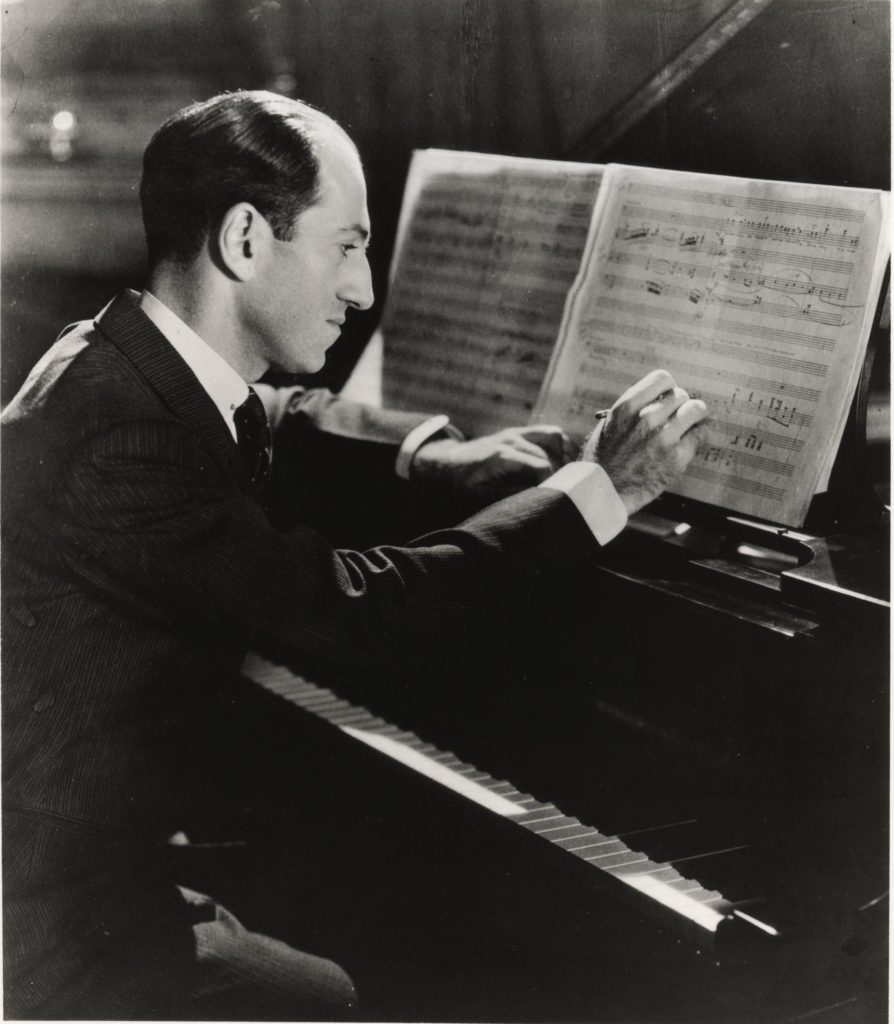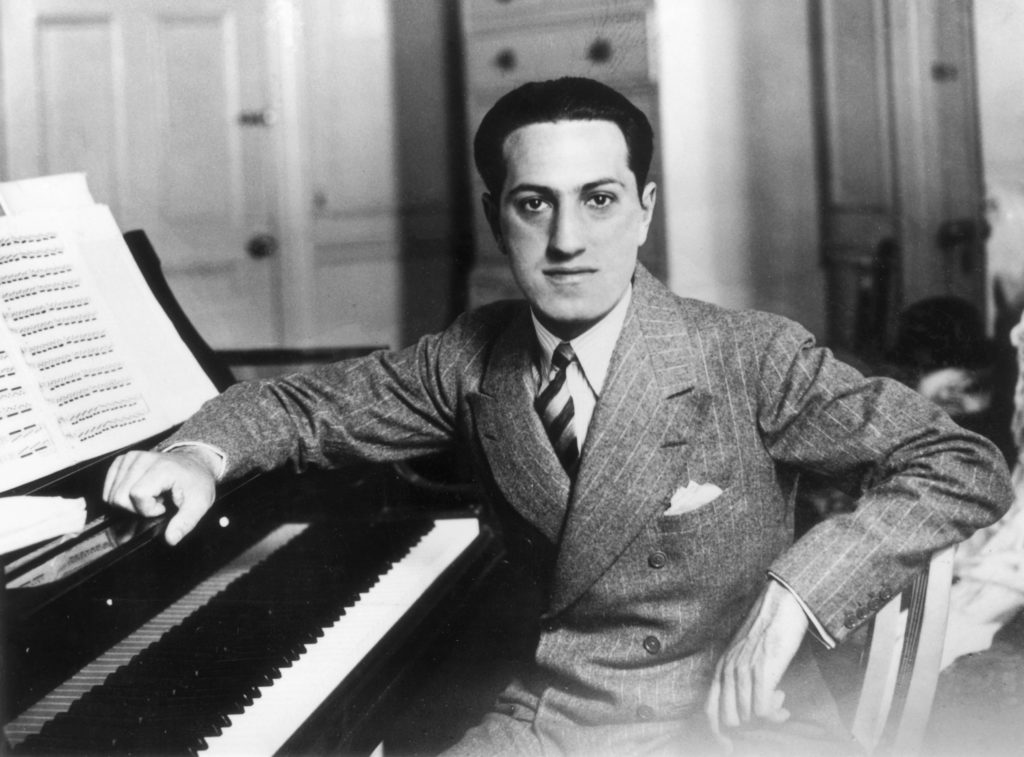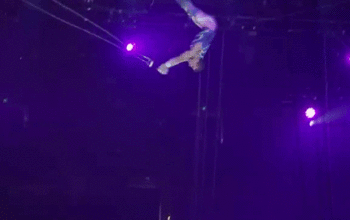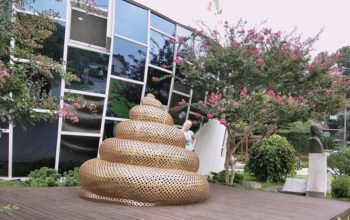“Rhapsody In Blue,” by George Gershwin, performed for first time on this day in history to an audience that filled the house.

The following written content via History
“The audience packed a house that could have been sold out at twice the size,” wrote New York Times critic Olin Downes on February 13, 1924, of a concert staged the previous afternoon at the Aeolian Hall in New York City. Billed as an educational event, the “Experiment In Modern Music” concert was organized by Paul Whiteman, the immensely popular leader of the Palais Royal Orchestra, to demonstrate that the relatively new form of music called jazz deserved to be regarded as a serious and sophisticated art form.

The program featured didactic segments intended to make this case—segments with titles like “Contrast: Legitimate Scoring vs. Jazzing.” After 24 such stem-winders, the house was growing restless. Then a young man named George Gershwin, then known only as a composer of Broadway songs, seated himself at the piano to accompany the orchestra in the performance of a brand new piece of his own composition, called Rhapsody In Blue.
“It starts with an outrageous cadenza of the clarinet,” wrote Downes of the now-famous two-and-a-half-octave glissando that makes Rhapsody in Blue as instantly recognizable as Beethoven’s Fifth Symphony. “It has subsidiary phrases, logically growing out of it…often metamorphosed by devices of rhythm and instrumentation.” The music critic of the New York Times was in agreement with Whiteman’s basic premise: “This is no mere dance-tune set for piano and other instruments,” he judged. “This composition shows extraordinary talent, just as it also shows a young composer with aims that go far beyond those of his ilk.”
It may be true that George Gershwin had always hoped to transcend the category of popular music, but the piece he used to accomplish that feat was put together very hastily. Just five weeks prior to the “Experiment in Modern Music” concert, Gershwin had not committed to writing a piece for it, when his brother Ira read a report in the New York Tribune stating that George was “at work on a jazz concerto” for the program. Read more from History.
Advertisement






